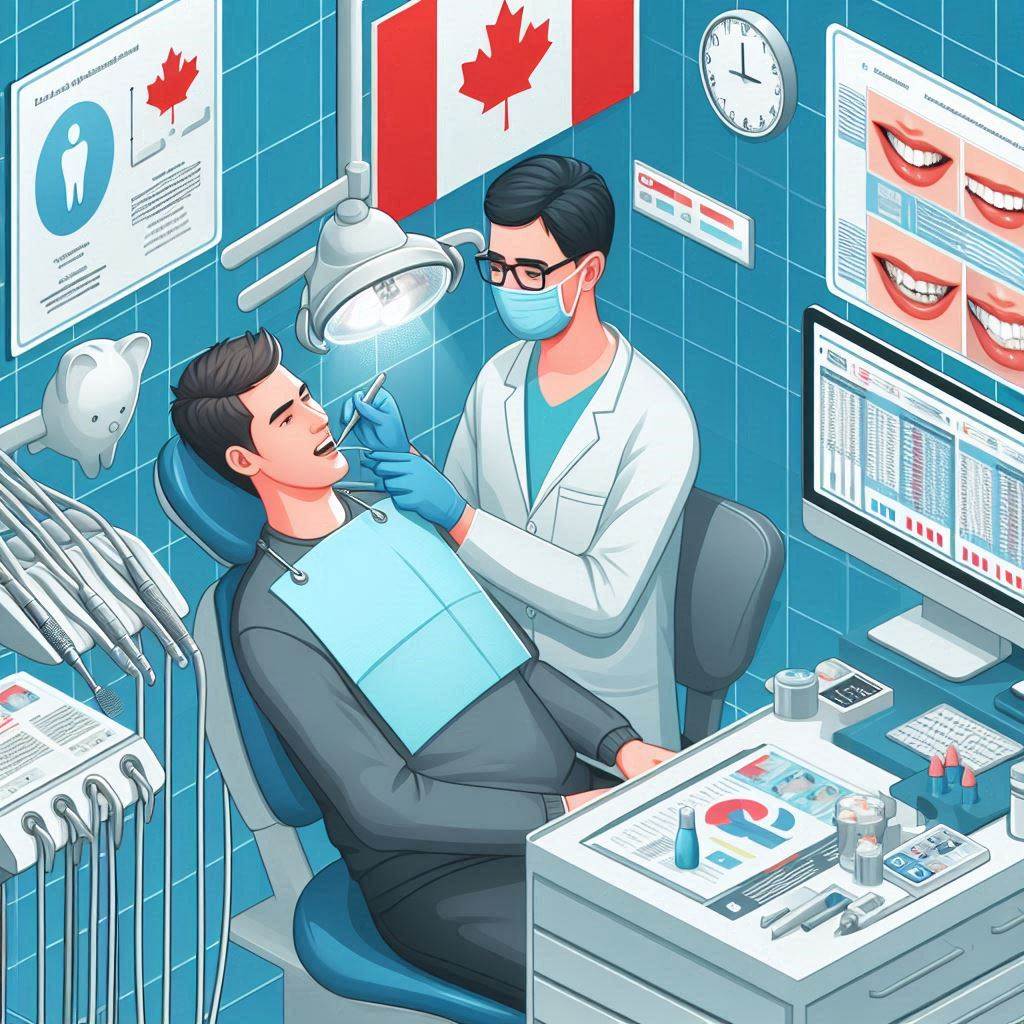Dental Procedure Codes in Canada
Navigating dental procedure codes in Canada can be complex, but understanding them is crucial for dentists, dental hygienists, insurance providers, and patients alike. These codes ensure accurate billing, streamline insurance claims, and maintain standardized dental care documentation across the country.
With constant updates and regional variations, staying informed about the Canadian Dental Association (CDA) codes is essential for efficient practice management. This guide provides an in-depth exploration of dental procedure codes in Canada, covering their structure, usage, common challenges, and future trends.
Whether you’re a dental professional looking to refine your billing process or a patient curious about how treatments are documented, this article will serve as your ultimate reference.

2. Understanding Dental Procedure Codes in Canada
What Are Dental Procedure Codes?
Dental procedure codes are alphanumeric identifiers assigned to every dental treatment, from routine cleanings to complex surgical procedures. In Canada, the Canadian Dental Association (CDA) maintains and updates these codes to ensure uniformity in dental billing and record-keeping.
Importance of Standardized Coding in Dentistry
- Ensures Consistency: All dental professionals use the same terminology, reducing errors.
- Facilitates Insurance Claims: Insurance companies rely on these codes to process reimbursements.
- Improves Record-Keeping: Standardized codes help maintain accurate patient histories.
3. The Canadian Dental Association (CDA) and Code Maintenance
History and Development of CDA Codes
The CDA first introduced a formal coding system in the 1970s to streamline dental billing. Since then, it has evolved to include new technologies and treatments.
How Codes Are Updated and Regulated
The CDA’s Dental Claims Committee reviews and updates codes annually, incorporating feedback from dental professionals and insurers.
4. Structure of Dental Codes in Canada
CDA codes are divided into categories based on treatment type:
| Code Range | Category | Examples |
|---|---|---|
| 00000-09999 | Diagnostic Procedures | Exams, X-rays, Consultations |
| 10000-19999 | Preventive Treatments | Cleanings, Fluoride, Sealants |
| 20000-29999 | Restorative Procedures | Fillings, Crowns, Inlays/Onlays |
| 30000-39999 | Endodontic Treatments | Root Canals, Apicoectomies |
| 40000-49999 | Periodontic Procedures | Scaling, Gum Grafts, Bone Grafts |
| 50000-59999 | Prosthodontic Services | Dentures, Bridges, Implants |
| 60000-69999 | Oral Surgery | Extractions, Wisdom Teeth Removal |
| 70000-79999 | Orthodontics | Braces, Retainers, Aligners |
| 90000-99999 | Adjunctive Services | Anesthesia, Sedation, Emergency Care |
5. Most Commonly Used Dental Procedure Codes
Diagnostic Codes (00000-09999)
- 01204 – Periodic Oral Exam
- 02111 – Comprehensive Oral Evaluation
- 03321 – Panoramic X-ray
Preventive Codes (10000-19999)
- 11111 – Adult Prophylaxis (Cleaning)
- 12111 – Fluoride Treatment
- 13511 – Dental Sealant (Per Tooth)
(Continue with detailed breakdowns for each category…)
6. How Dentists and Insurance Companies Use Dental Codes
- Billing Accuracy: Ensures correct charges for services rendered.
- Claims Processing: Insurance companies use codes to determine coverage.
- Common Reimbursement Issues: Mismatched codes lead to claim denials—how to avoid them.
7. Differences Between Canadian and American Dental Codes (CDA vs. ADA)
- ADA Codes: Used in the U.S., some overlap but many differences.
- CDA Codes: More tailored to Canadian healthcare policies.
8. Recent Updates and Changes in Canadian Dental Codes
- 2023 Updates: New codes for teledentistry and digital impressions.
- Future Projections: AI and automation in dental coding.
9. Challenges and Misconceptions About Dental Coding
- Misclassification of Procedures
- Insurance Disputes Due to Incorrect Codes
- Keeping Up with Annual Changes
10. Best Practices for Accurate Dental Coding
- Regular Training for Staff
- Using Updated Dental Software
- Double-Checking Codes Before Submission
11. Future Trends in Dental Coding and Digital Dentistry
- AI-Powered Coding Assistants
- Blockchain for Secure Dental Records
- Increased Integration with EHR Systems
12. Conclusion
Understanding dental procedure codes in Canada is essential for efficient practice management and accurate insurance claims. By staying updated with CDA guidelines, dental professionals can minimize errors, maximize reimbursements, and provide better patient care. As technology evolves, dental coding will become more automated, reducing administrative burdens and improving accuracy.
13. FAQs
Q1: How often are CDA dental codes updated?
The CDA reviews and updates codes annually to reflect new treatments and technologies.
Q2: Can a dental claim be denied due to incorrect coding?
Yes, insurance companies may reject claims if the wrong code is used, leading to delays in reimbursement.
Q3: Are CDA codes the same across all Canadian provinces?
Mostly yes, but some regional variations may apply depending on provincial dental associations.
Q4: Where can I find the official CDA code list?
The CDA publishes an updated fee guide annually, which includes all current procedure codes.


